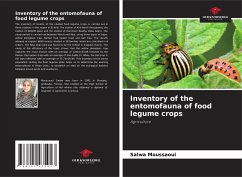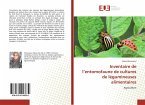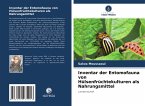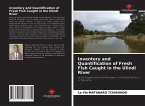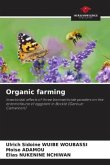The inventory of insects of the studied food legume crops is carried out in three stations in the region of El-Krib: The station of Krib North (fenugreek), the station of KOCEM (pea) and the station of Hammem Biadha (faba bean). The study period is carried out between March and May, using three types of traps: yellow plexiglass trap, Barber trap (water trap) and bait trap. The results allowed to capture 6650 insects divided in 38 families which are classified in 8 orders. The faba bean plot was found to be the richest in trapped insects. The study of the efficiency of the traps shows that the yellow plexiglass trap captures the most insects with an average of 1242±133.89 followed by the Barber trap (water trap) with an average of 344.5±88.13. While, the bait trap is the least effective with an average of 75.75±28.84. This inventory of the insect population visiting the food legume plots helps us to determine the existing entomofauna in these plots, to establish an idea on the ecological balance between insect pests and auxiliaries.

